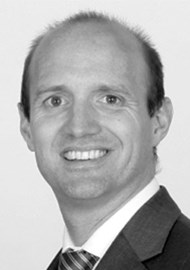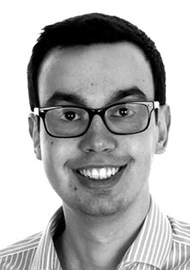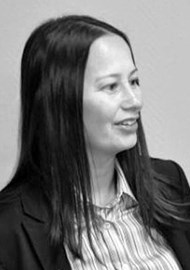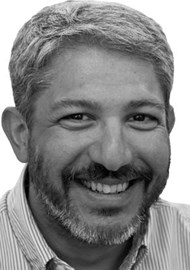Jameel Muzaffar is a specialist registrar in ENT surgery in the West Midlands. His research interests include applications of imaging to ENT. Chris Coulson is a consultant otologist, particularly interested in the development of technological solutions. He is part of a team that developed a robot to drill cochleostomies for cochlear implants and is co-director of endoscope-i, a mobile innovations company. Here, they tell us about their latest venture into the world of space science and how this exciting research can potentially benefit treatment of balance and tinnitus.
At first glance the association between rocket science and ENT isn’t obvious. However, NASA has a long held interest in balance as part of a range of countermeasures for microgravity environments. When astronauts enter microgravity, angular movement of the head does not produce the usual fluid shifts within the labyrinth. This, coupled with free floating otoconia in the saccule and utricle then produces space motion sickness, a condition similar (although opposite) to motion sickness (MS) on Earth.
In space motion sickness (SMS) movement leads to visual stimulation, but no vestibular stimulation; in MS continuous movement (in a car) leads to vestibular stimulation but no visual stimulation. SMS occurs in approximately half of astronauts and cosmonauts, with the effects lasting for up to five days. Such a debilitating condition can have severe implications for crew performance during the first few days of spaceflight. In response to this scientists at NASA, led by Dr Patricia Cowings, Chief Investigator in the Psychophysiology Laboratory at NASA Ames Research Center in California, developed a system called Autogenic Feedback Training Exercise (AFTE).
AFTE is a combination of autogenic therapy and bio-feedback, through which subjects can be taught to consciously control their response to environmental or physiological stressors. Training is typically delivered as 12 sessions of 30 minutes each, spread over two weeks. As nausea is mediated via the autonomic nervous system, conscious control of variables such as heart rate, blood pressure and skin conductance allow control of nausea and vertigo.
Applications of AFTE
The AFTE system has been validated in astronauts and cosmonauts as well as in more mundane activities such as search and rescue pilots flying in inclement weather conditions. Studies have also shown it to be an effective treatment for other autonomically mediated conditions such as gastric dismotility, migraine and tension headache. At NASA it has also been used in a small series of patients as treatment for vertigo in Ménière’s disease and for tinnitus.
Future directions
Previous small scale studies of up to 130 patients have shown combinations of biofeedback and cognitive behavioural training to be effective in reducing symptomatic reporting of tinnitus, though there are no studies currently comparing such treatment to current gold standard cases such as tinnitus retraining / rehabilitation. Our team at the Queen Elizabeth is working with the NASA team behind AFTE to further validate the technique as a treatment for tinnitus, ultimately with a randomised controlled trial.
SUMMARY
Tinnitus and vertigo have an autonomic component - NASA technology has been used to treat these problems in astronauts - We may be able to use the same principles to treat these conditions on Earth - Research is still ongoing with a trial likely to start recruiting within the next year.








